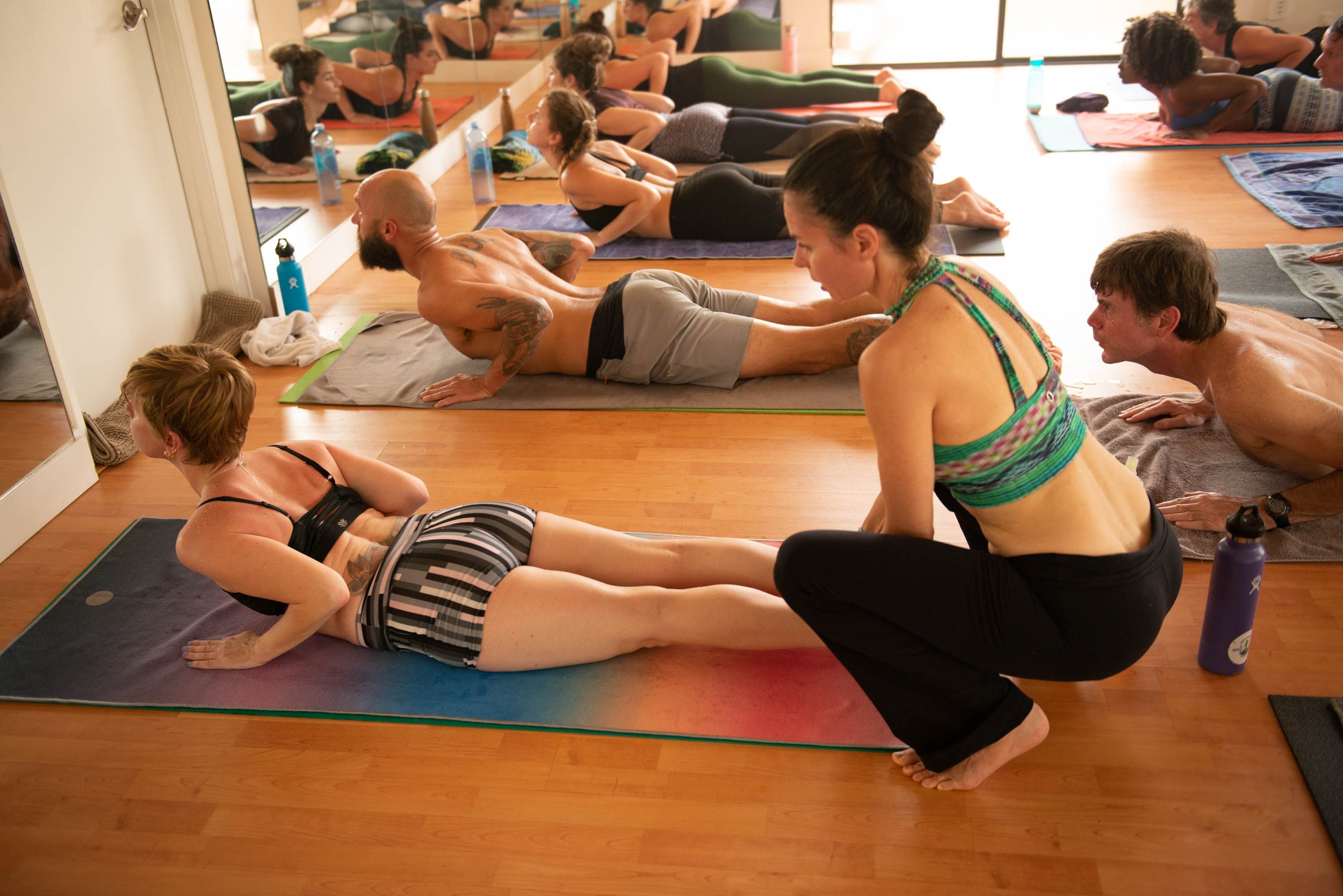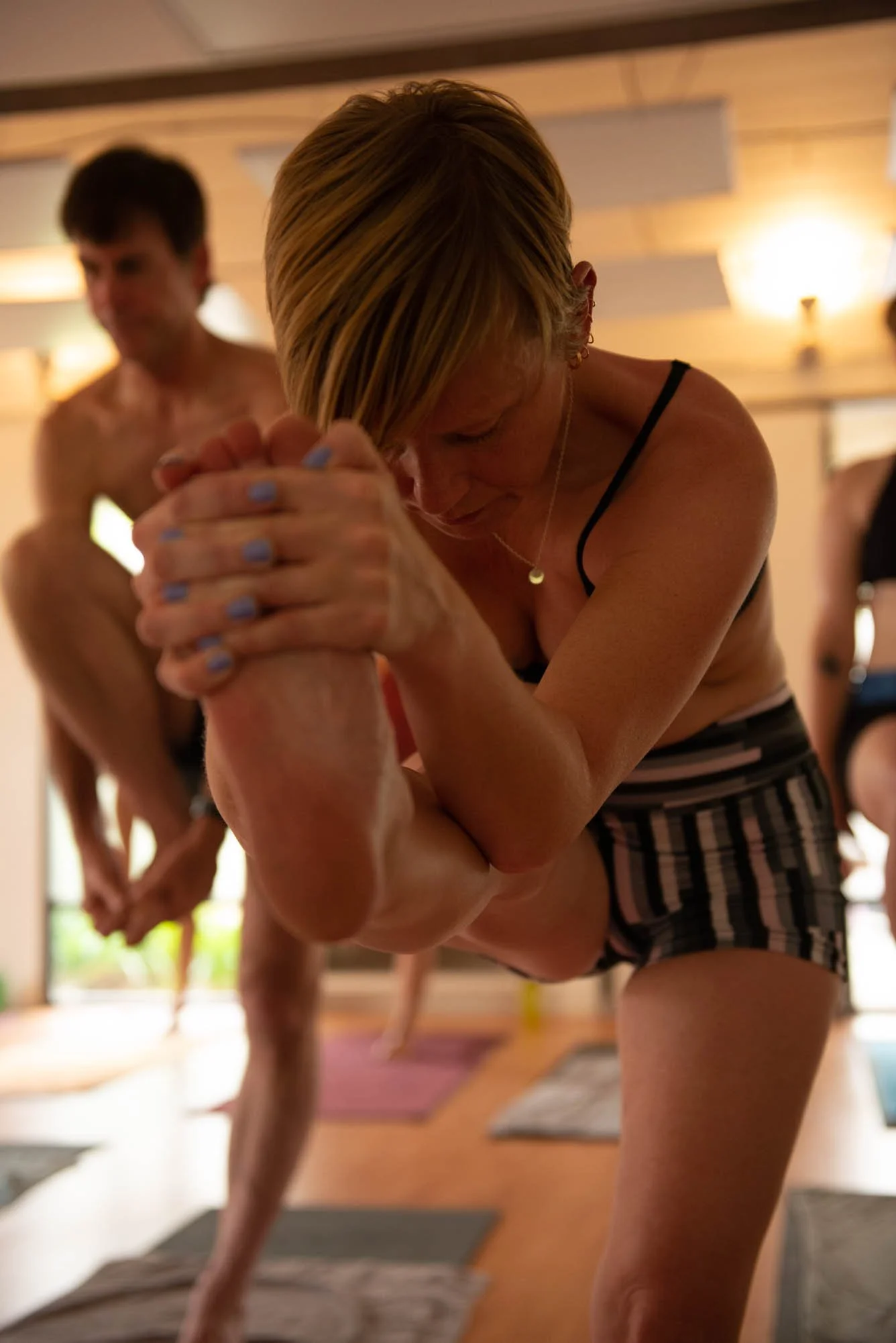From Asanas to Zen: Your Comprehensive Yoga Teacher Training Glossary
Introduction
Yoga teacher training is an enlightening journey that encompasses much more than just practicing asanas (yoga postures). As you immerse on this transformative path, you'll encounter a vast array of terminology and concepts. In this comprehensive yoga teacher training glossary, we'll demystify the key terms, techniques, and philosophies that you'll encounter during your training. Let's delve into the world of yoga, from asanas to Zen.
Asanas: The Foundation of Yoga
What Are Asanas?
Asanas are the physical postures or poses practiced in yoga. They are designed to promote physical strength, flexibility, balance, and mental focus. Asanas are the most visible aspect of yoga practice and are often the starting point for beginners.
Types of Asanas
Standing Asanas
Standing asanas like Tadasana (Mountain Pose) and Virabhadrasana (Warrior Pose) improve posture, strengthen the legs, and enhance balance.
Sitting Asanas
Sitting asanas such as Sukhasana (Easy Pose) and Padmasana (Lotus Pose) are great for meditation and increasing flexibility in the hips and lower back.
Supine Asanas
Supine asanas like Supta Baddha Konasana (Reclining Bound Angle Pose) help open the chest and release tension in the lower back.
Prone Asanas
Prone asanas such as Bhujangasana (Cobra Pose) and Dhanurasana (Bow Pose) strengthen the back muscles and improve spinal flexibility.
Benefits of Practicing Asanas
Regular asana practice offers numerous benefits, including increased physical strength, improved flexibility, stress reduction, and enhanced body awareness.
Alignment and Asana Sequencing
Proper alignment in asanas is essential to prevent injuries and maximize the benefits of each pose. Learning how to sequence asanas effectively is a crucial skill for yoga teachers.
Pranayama: The Breath of Life
Understanding Pranayama
Pranayama is the practice of breath control. It involves conscious regulation of the breath to enhance physical and mental well-being. Pranayama techniques are often integrated into yoga practice.
Techniques of Pranayama
Ujjayi Breath
Ujjayi breath is characterized by a slight constriction in the throat, creating a gentle oceanic sound. It calms the mind and enhances concentration.
Kapalabhati Breath
Kapalabhati breath is a forceful exhalation followed by passive inhalation. It clears the respiratory passages and invigorates the body.
Anulom Vilom Breath
Anulom Vilom involves alternate nostril breathing, promoting balance and harmony in the body and mind.
Pranayama and Meditation
Pranayama prepares the mind for meditation by calming the nervous system and increasing awareness. It serves as a bridge between the physical and mental aspects of yoga practice.
Meditation: Finding Inner Peace
Introduction to Meditation
Meditation is a practice that cultivates mental clarity, focus, and inner peace. It involves training the mind to remain present and reduce distractions.
Different Meditation Styles
Mindfulness Meditation
Mindfulness meditation involves observing thoughts and sensations without judgment, promoting self-awareness and emotional regulation.
Transcendental Meditation
Transcendental meditation uses a specific mantra to transcend ordinary thought and reach a state of deep relaxation and self-realization.
Vipassana Meditation
Vipassana meditation focuses on insight and self-observation, helping practitioners gain profound insights into the nature of their minds.
Benefits of Meditation
Meditation offers a wide range of benefits, including stress reduction, increased focus, improved emotional well-being, and heightened spiritual awareness.
The Eight Limbs of Yoga
What Are the Eight Limbs of Yoga?
The Eight Limbs of Yoga, as outlined by Patanjali in the Yoga Sutras, provide a holistic framework for spiritual and personal growth.
Yamas and Niyamas
Ahimsa (Non-Violence)
Ahimsa encourages non-violence in thought, speech, and action, promoting harmony and compassion.
Satya (Truthfulness)
Satya emphasizes honesty and truthfulness, leading to authenticity and self-discovery.
Asteya (Non-Stealing)
Asteya advocates against stealing, not just in material possessions but also in thoughts and actions.
Brahmacharya (Moderation)
Brahmacharya encourages moderation in all aspects of life, promoting balance and self-control.
Aparigraha (Non-Greed)
Aparigraha teaches non-attachment and the avoidance of excessive materialism.
Asana and Pranayama in the Eight Limbs
Asana and pranayama are integral parts of the Eight Limbs, supporting physical and mental purification.
Dharana, Dhyana, and Samadhi
Dharana (concentration), Dhyana (meditation), and Samadhi (union) represent the higher stages of yoga, leading to self-realization and spiritual awakening.
Yoga Philosophy: Beyond the Mat
Introduction to Yoga Philosophy
Yoga philosophy delves into the deeper aspects of life and existence. It explores the interconnectedness of all things and the pursuit of inner wisdom.
The Bhagavad Gita
The Bhagavad Gita is a sacred text that offers profound insights into life's purpose, duty, and the path to spiritual realization.
The Yoga Sutras of Patanjali
Patanjali's Yoga Sutras provide a systematic guide to achieving spiritual enlightenment through meditation and ethical living.
The Eightfold Path
The Eightfold Path includes principles like non-violence, truthfulness, and concentration, guiding individuals toward self-realization.
The Concept of Ishvara
Ishvara represents the divine, and its recognition is a key aspect of yoga philosophy.
Karma, Dharma, and Yoga
Understanding concepts like karma (action), dharma (duty), and yoga (union) is essential for navigating life with purpose and mindfulness.
Conclusion
Embarking on a yoga teacher training journey is not just about perfecting poses; it's a profound exploration of self, philosophy, and spirituality. This comprehensive glossary has provided you with a roadmap to navigate the diverse world of yoga, from the physical asanas to the spiritual teachings. Remember that your journey is unique, and each step you take brings you closer to a deeper understanding of yourself and the world around you.
At Evolation yoga, our teacher training programs go even further. In our curriculum, we delve into yoga philosophy, posture mechanics, alignment, meditation, pranayama, and the art of teaching. Remember that your journey is unique, and each step you take brings you closer to a deeper understanding of yourself and the world around you.
FAQs
Q1: What is the significance of asanas in yoga teacher training?
Asanas play a crucial role in yoga teacher training as they build physical strength, flexibility, and body awareness, preparing students to teach and guide others effectively.
Q2: How does pranayama benefit meditation?
Pranayama helps calm the mind and enhances focus, making it easier to enter a meditative state and explore the depths of consciousness.
Q3: What are the Yamas and Niyamas in yoga philosophy?
The Yamas and Niyamas are ethical and moral guidelines that help practitioners live a harmonious and virtuous life, both on and off the mat.
Q4: How can I incorporate yoga philosophy into my daily life?
You can integrate yoga philosophy into your daily life by practicing principles like non-violence, truthfulness, and mindfulness in your actions and interactions.
Q5: What is the ultimate goal of yoga according to Patanjali's Yoga Sutras?
The ultimate goal of yoga, as outlined in Patanjali's Yoga Sutras, is to achieve self-realization and spiritual enlightenment through meditation and ethical living.









